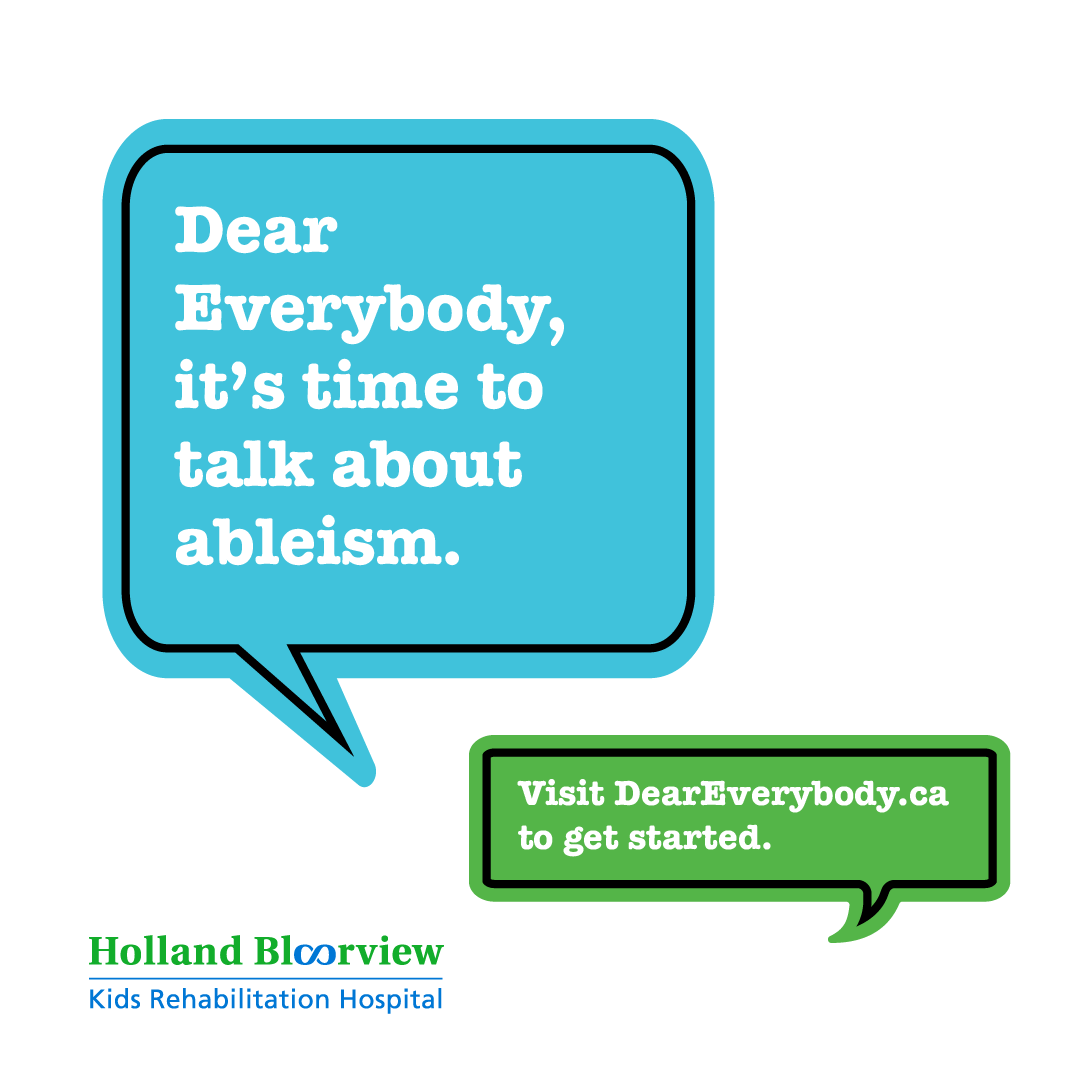Disability should not be the main or only focus:
People with disabilities are a part of our society and their disability should not be used as the forefront of your advertising. Instead, incorporate people with disabilities into the advertising as seamlessly as possible. Include them, frame them, and photograph them as if you would anyone without a disability. Above all, people with disabilities are just that: people—and their disability should not be the only “label” they are given when it comes to capturing videos or photos.
Highlight the full human experience:
When it comes to showcasing disability in images or videos, it’s important to realize that people who use wheelchairs are not the only type of people with disabilities out there. There are various types of disabilities—both visible and invisible—and you need to ask yourself if you are including enough representation of people with other physical disabilities—and who may use walkers or communication devices—as well as those with developmental disability or any other invisible disability. Also ensure that you include people with disabilities from diverse backgrounds, who may also experience intersectionality, like race, ethnicity, religion, gender, orientation, etc
Represent real people:
Cast real people with disabilities in the imagery and videos, instead of actors portraying persons with disabilities. By keeping this authentic, you are not only including people with disabilities in your work, you are also including the right voices to consult and ensure accurate representation.
Avoid the narrative of “overcoming” disability:
People with disabilities don’t need to be “cured” or “fixed,” nor are they sob stories or want pity. In creating these narratives where these are the sole themes is not only inauthentic, but only further perpetuates stereotypes. Instead, when it comes to your imaging, focus on joyful moments between those living with a disability and those who don’t. Similarly, focus on the ability rather than on perceived limits. Having a disability is only one aspect of their life and should not be the only focus, or leveraged, in your advertisements.
Avoid turning people with disabilities into “inspiration porn”:
People with disabilities are not meant to inspire you just because they have a disability. They are not “courageous” for living their lives, nor are they “heroes” for just existing. Thinking this does not celebrate people with disabilities, rather it encourages feelings of pity or guilty. Similar to the “overcoming” narrative, ensure the images you create are positive and not used to illicit sympathy.
Collaborate with brand ambassadors with disabilities:
When it comes to collaborating with influencers on social platforms, always consider diversity and see to it that you include influencers with disabilities in your collaborations for user generated content. The best way to get authentic representation is to actually ask and work with those with lived-experience.
